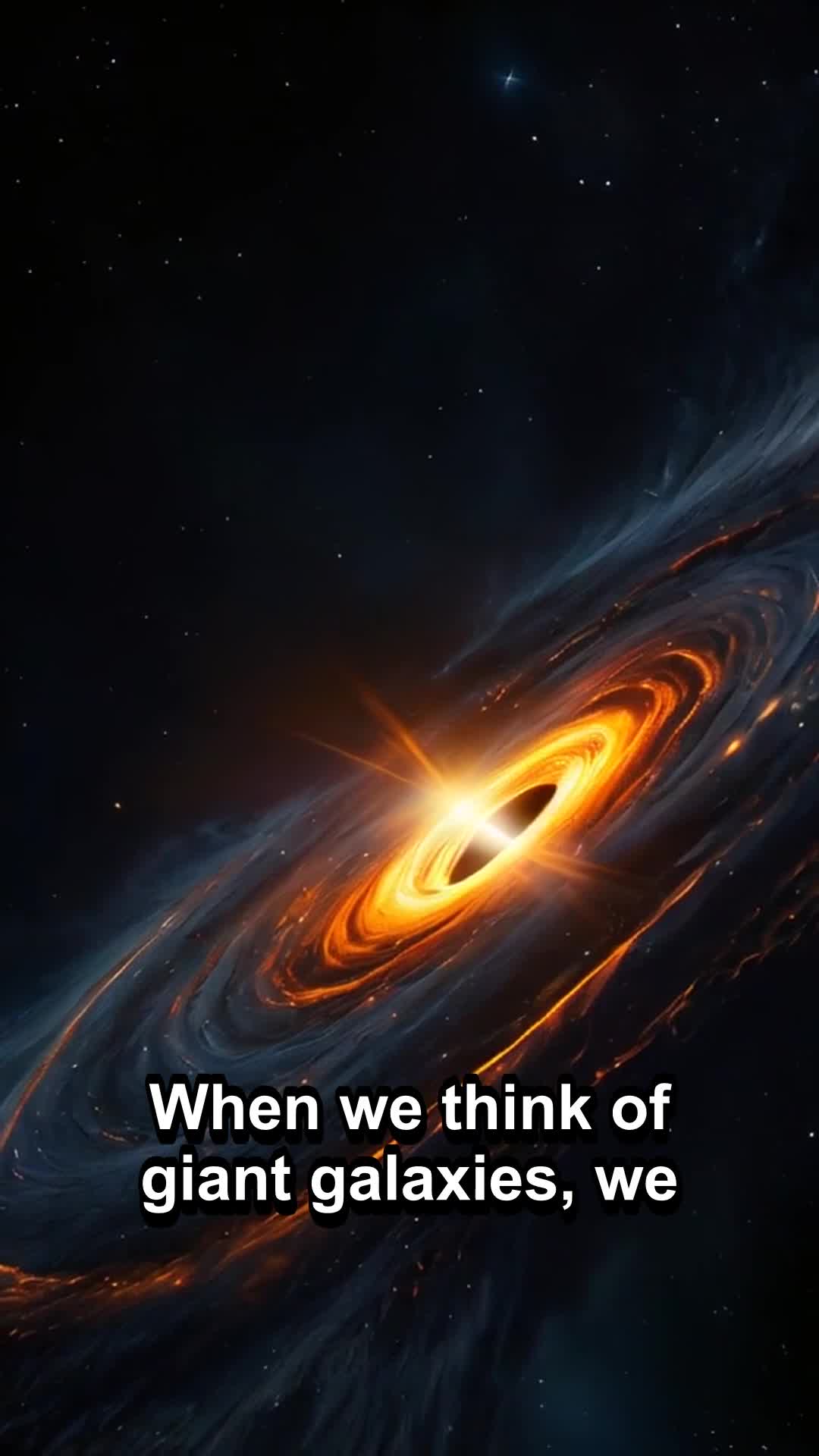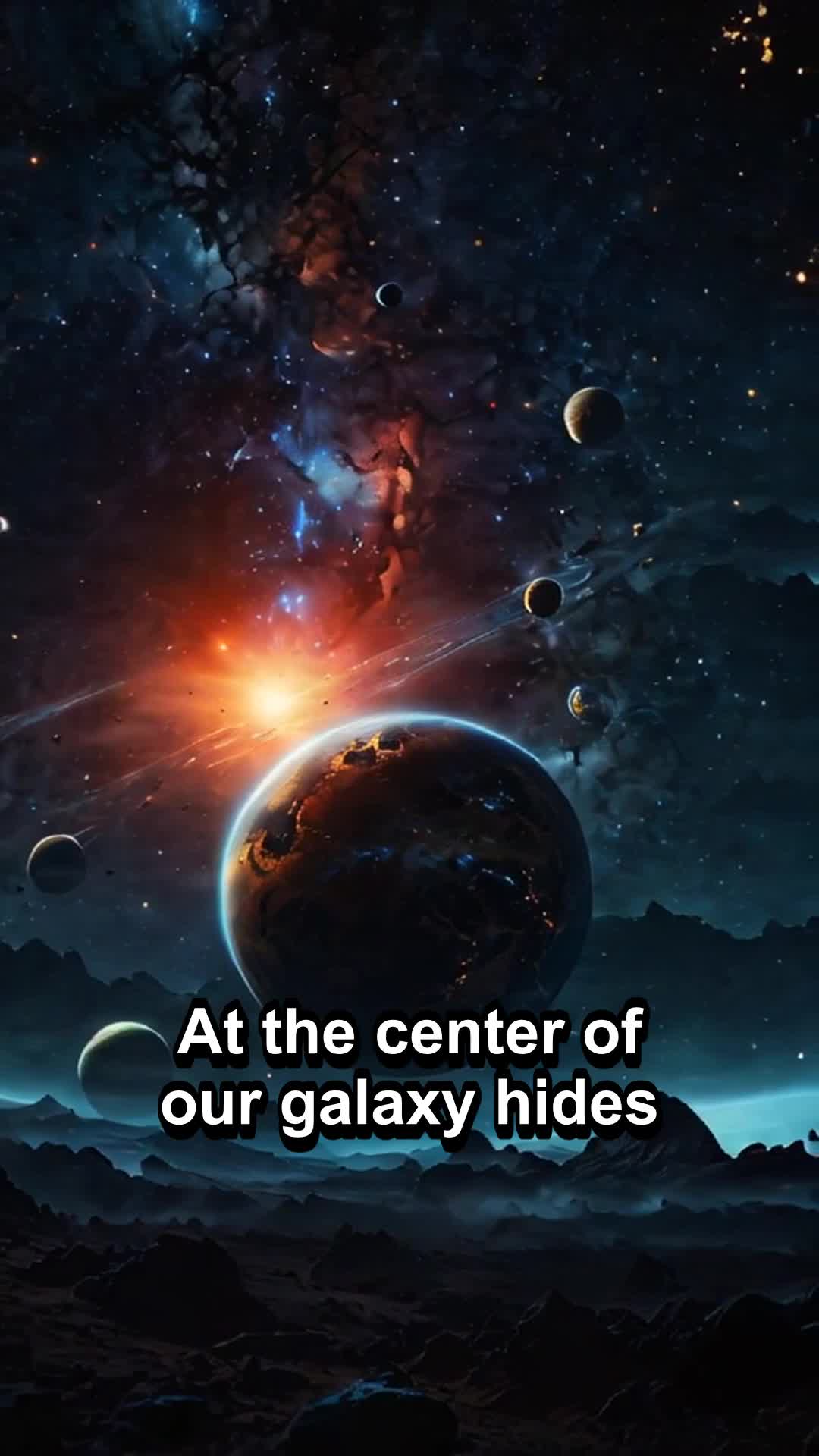Unveiling TrES-2b: The Darkest Known Planet That Captures 99% of Light
In this intriguing video, we dive deep into the enigmatic world of TrES-2b, the darkest planet ever discovered in our universe. Known to absorb an astonishing 99% of all light that falls on it, TrES-2b presents a fascinating case study in the field of exoplanetary science. Located about 750 light years away in the constellation Draco, TrES-2b orbits its star at a close proximity, which contributes to its extreme light-absorbing properties. The video begins with an overview of how TrES-2b was discovered using the Kepler Space Telescope, emphasizing the innovative techniques astronomers employ to detect exoplanets. We then explore the unique characteristics of TrES-2b, particularly its atmosphere, which is composed of light-absorbing chemicals like vaporized sodium and potassium and possibly titanium oxide, that prevent light from reflecting back into space. Further, the video discusses the implications of such discoveries in understanding planetary formation and behavior. It delves into how studying extreme planets like TrES-2b helps scientists gain insights into atmospheric compositions and climate dynamics that could be vastly different from those on Earth. Our expert interviews feature astronomers and planetary scientists who shed light on the significance of these findings and what it tells us about other potentially habitable planets. The video also includes stunning visualizations and animations that illustrate the eerie, dark appearance of TrES-2b and how it compares to other planets in our galaxy. As we conclude, the discussion expands to the potential for future research and missions targeted at observing similar exoplanets. The video not only educates but also ignites curiosity and wonder about the vast, unexplored frontiers of our universe. Join us as we uncover the secrets of TrES-2b, providing you with a comprehensive understanding of why this dark exoplanet is a key interest in contemporary astronomy and what it might tell us about the cosmos.





